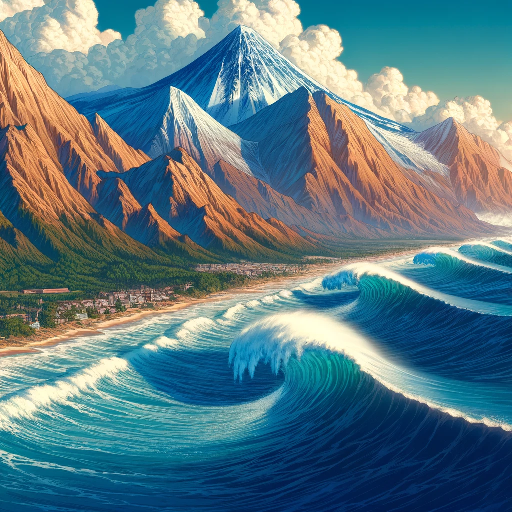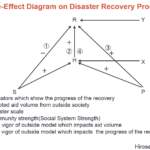Large tsunamis are caused by major earthquakes of magnitude 8 or greater. In particular, such earthquakes frequently occur along the Pacific coast of Hokkaido and Tohoku in Japan. The Sanriku coast in this region has a special shape called a “rias coast,” which is prone to tsunamis. In the 1896 Meiji Sanriku tsunami, the tsunami reached a height of 38 meters and killed about 22,000 people. Thirty-seven years later, in 1933, another major tsunami, the Showa Sanriku tsunami, struck the region, killing approximately 3,000 people. 2011’s Great East Japan Earthquake and Tsunami did not fully apply the lessons of the past, leaving approximately 18,000 people dead or missing.
The time between an earthquake and a tsunami reaching the coast is very short, from 5 to 10 minutes. Running to higher ground within this short time is almost the only way to protect yourself from a tsunami. The tsunami will reach the coast where it is the highest, and the tsunami will also reach the coast the fastest. Therefore, instead of waiting for information from the outside, it is important to have your own knowledge about tsunamis, understand your surroundings, and act on your own judgment.
Contents (in Japanese)
Source: URL:https://dil.bosai.go.jp/workshop/2006workshop/gakusyukai21.html






